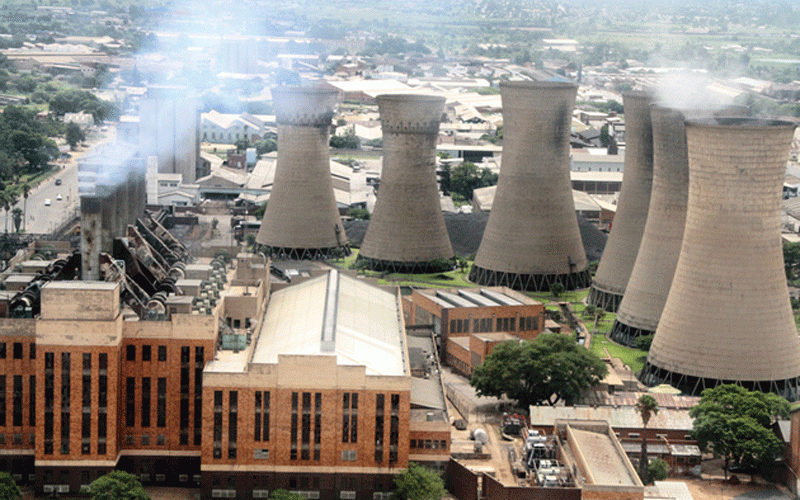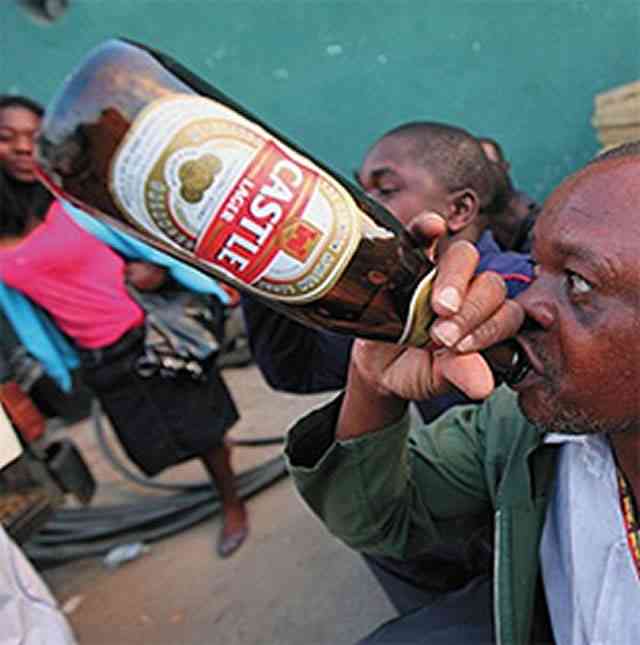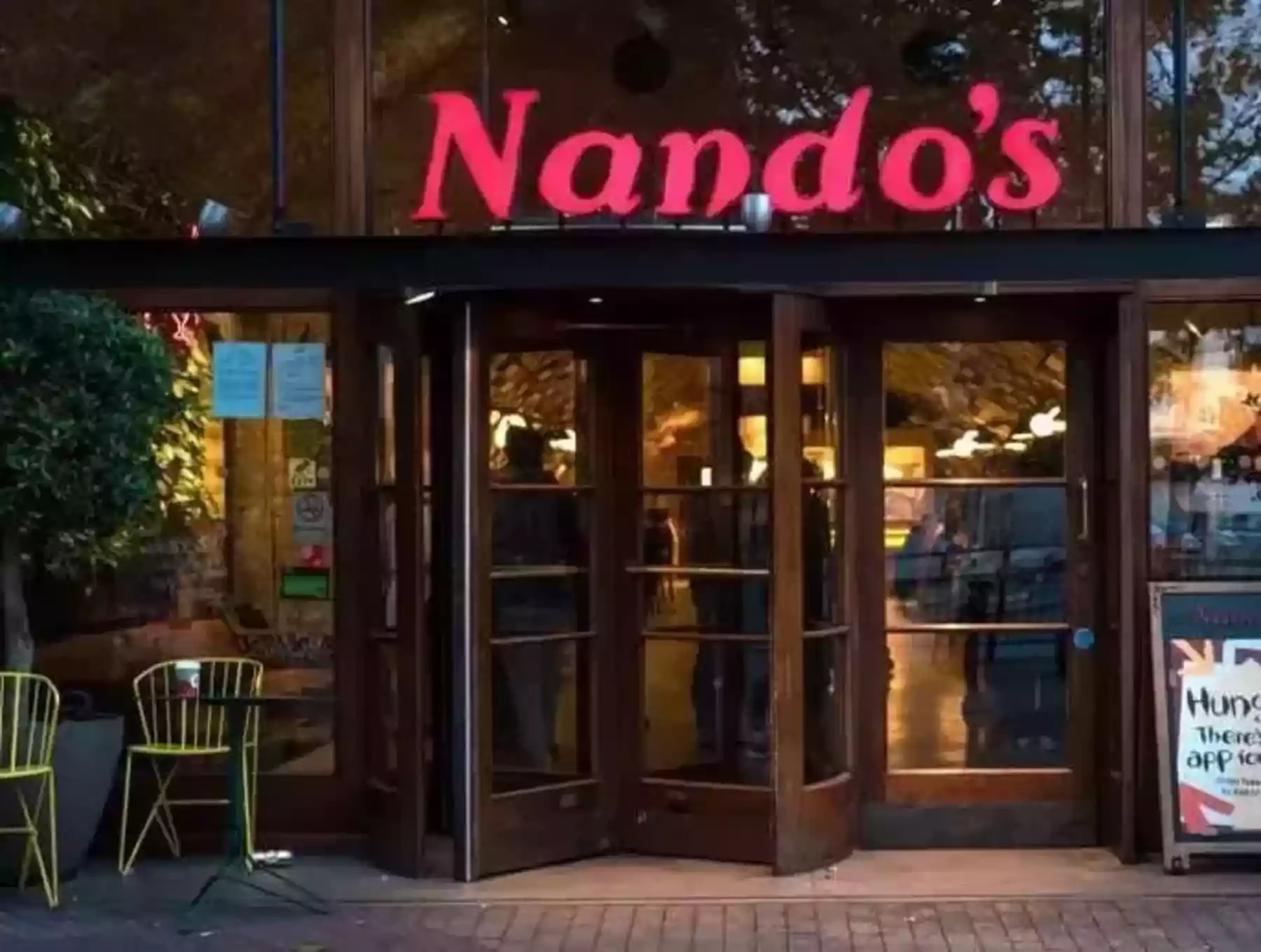
Industrial parks in cities like Bulawayo now sit largely idle, with the opposition saying this echoes consequences of years of economic mismanagement, policy inconsistency, and investor flight.
Bulawayo’s industrial and commercial sectors are in a state of serious decline, with many downsising, relocating to Harare or closing shop altogether.
In the city centre, retail shops that once hosted anchor tenants and global brands now resemble ghost spaces, hollowed out and subdivided into small stalls for informal traders.
The few remaining retail businesses struggle under the weight of prohibitive operating costs, currency instability, power cuts, and severely diminished consumer purchasing power.
“This trajectory clearly contradicts the government’s public relations narratives,” Mthwakazi Republic Party leader, Mqondisi Moyo, said.
“Investors are not coming in - they are leaving or staying away.
“Capital does not flow where property rights are insecure, where the rule of law is selectively applied, and where currency policy is erratic and opaque.
“The collapse of core industries and the retreat of both local and foreign capital are the clearest indicators that Zimbabwe’s economy remains in deep distress.”
- Revisiting Majaivana’s last show… ‘We made huge losses’
- Edutainment mix: The nexus of music and cultural identity
- ChiTown acting mayor blocks election
- Promoter Mdu 3D defends foreigners 30 minute set
Keep Reading
Zimbabwe’s broader industrial base tells the same grim story.
The Cold Storage Commission (CSC) — once the largest meat processor and exporter in southern Africa and one of the biggest employers in Bulawayo — has also effectively collapsed, its infrastructure dilapidated and operations virtually non-existent, despite years of failed attempts at revival through public-private partnerships.
Another of the city’s biggest was the National Railways of Zimbabwe, which has been struggling for survival for over two decades.
Other formerly vibrant sectors of the city’s economy have also been in the doldrums for many years
Textile and clothing manufacturers, furniture factories, metal fabrication plants, and even basic food processors in the city have closed doors en-masse over the past two decades.
The importation of cheap foreign goods and second-hand clothing — mostly from China, Mozambique, South Africa, and Tanzania — has further strangled local production.
“Weak and inconsistent trade policies have allowed the floodgates to open, making it nearly impossible for domestic manufacturers to compete,” Moyo said.
“The once-thriving textile and manufacturing sectors have virtually disappeared, replaced by open-air flea markets selling used clothing and cheap plastic imports.
“Local factories sit idle, workers laid off, and small businesses struggle to survive amid an oversupply of unregulated imports.”
Despite occasional infrastructure projects or diplomatic overtures intended to project stability, Moyo said these ‘gestures do little to address the root causes of the country’s prolonged crisis.’
“The core issues driving mass migration and deepening public despair include chronic unemployment, collapsed public services, rampant corruption, and entrenched bad governance,” he said.
During the government of national unity between 2009 and 2013, the Distressed Industries and Marginalised Areas fund (DIMAF) was launched to capitalize affected industries with Bulawayo being one of the most affected areas.
The government allocated US$40 million towards DIMAF but stakeholders said the funding was inadequate to meet the demand of the companies affected.
The government also introduced the $70 million Zimbabwe Economic and Trade Revival Facility, but the initiative did little to revive closed industries.









